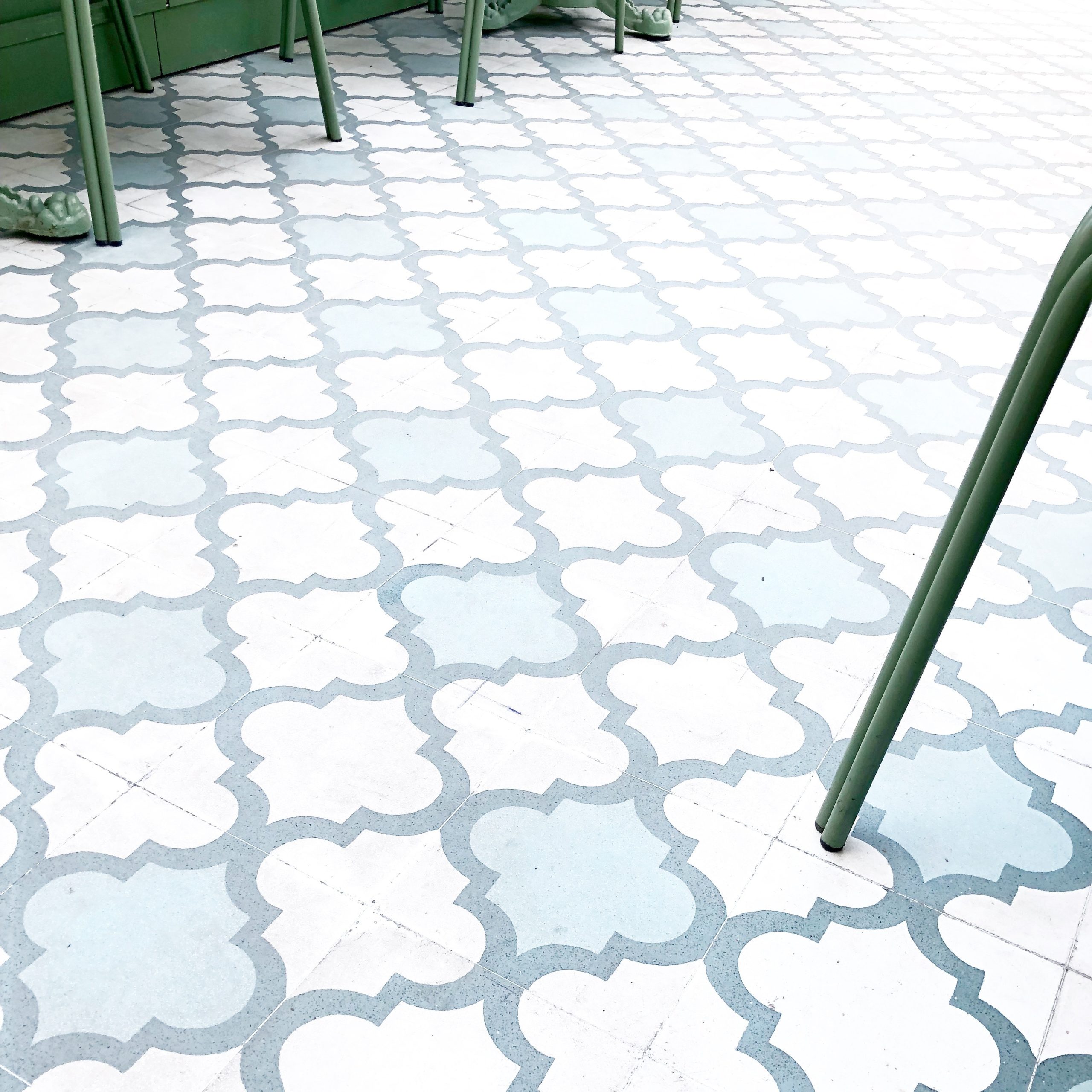How To Easily For Remove Asbestos Vinyl Tiles
Asbestos vinyl tiles are mainly used for flooring in homes. However, with the growing understanding of the harmful effects of asbestos, people are removing asbestos vinyl tiles from their homes and other buildings. You can either employ a professional company to remove the asbestos tiles or do it yourself with the help of some simple tips mentioned herein. However, you must follow certain safety precautions to avoid asbestos exposure to you and your family during and after removal.
Precautions for removing asbestos vinyl tiles are necessary because exposure to Asbestos dust is dangerous. Asbestos is a biological fibrous mineral that can break into tiny light particles polluting the air, mainly when dry. Hence care should be taken to remove tiles from the floors adequately. Asbestos exposure is known to cause serious diseases such as asbestosis, respiratory problems, and some types of cancers.

Removal of asbestos vinyl tiles is more accessible and safer than sheeting. Tiles are safer to remove than sheeting because the asbestos is embedded and held together by a vinyl resin in tiles.
Safety Precautions for Removing Asbestos Vinyl Tiles:
- Keep all the tools and protective clothing in the room before starting the removal procedure.
- Take precautions not to break the tiles while removing them.
- Use warm dampness to liquefy the adhesive and to prevent asbestos particles from floating in the air.
- Never sand the tiles or the glue because sanding may release dangerous quantities of asbestos dust into the air.
- The safe way to remove the asbestos vinyl tiles and the glue is to wet them with warm water and pop them up with a floor scraper.
- If the tiles are glued to a layer of underlayment, you can remove large sections of the tiles and underlayment to reduce the amount of asbestos released in the air.
- Specialists in asbestos abatement opine that it is much safer to remove large chunks of the floor than smaller pieces.
- Keep wetting the removed material with water to prevent the release of asbestos fibers.
- Store and seal all the removed material in receptacles and seal them with duct tape.
- Clean the floor and surrounding surface with water.
- Dispose of the protective clothing and remove material in containers with adequate asbestos labeling.
- Consult the trash yard personnel before disposing of the asbestos-containing materials.

